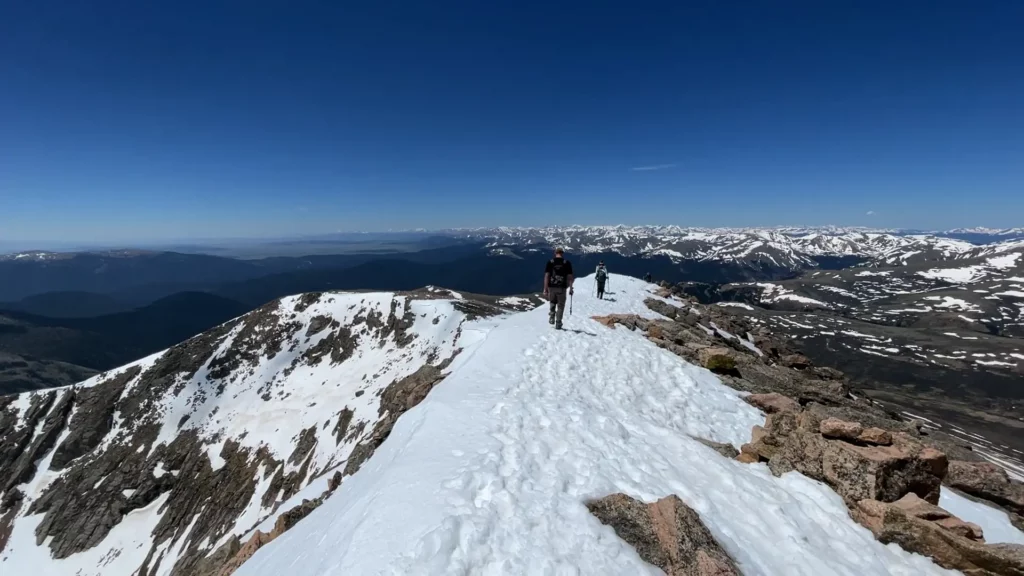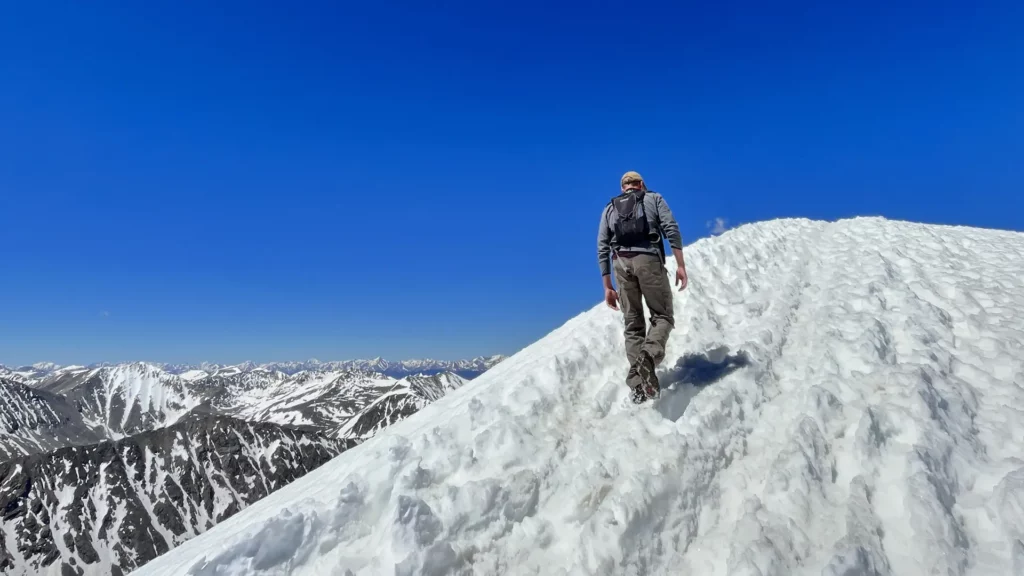
Breathwork Training for High-Altitude Treks: Managing Altitude Sickness and Improving Oxygen Efficiency
Preparing for a high-altitude trek entails overcoming the challenges posed by reduced oxygen levels and the risk of altitude sickness. Breathwork training techniques, including those taught by our partner Oxygen Advantage, can play a vital role in enhancing lung capacity, strengthening breathing muscles, and improving oxygen utilization. In this article, we explore the benefits of incorporating breath-holding exercises after exhaling and how they can optimize your preparation for high-altitude treks while managing altitude sickness.
Understanding High-Altitude Challenges

High-altitude treks expose individuals to thin air, resulting in decreased oxygen availability and atmospheric pressure. These conditions often lead to symptoms such as fatigue, shortness of breath, headaches, and altitude sickness. Moreover, the low air pressure at higher altitudes necessitates increased effort from breathing muscles – primarily the diaphragm and intercostals – demanding stronger respiratory function. Effectively preparing the body for these challenges is essential for a successful trekking experience.
The Science of Breathwork Training
Breathwork training focuses on intentional manipulation of breathing patterns to enhance lung capacity and maximize the blood’s ability to carry oxygen. Specifically, incorporating breath-holding exercises after exhaling and while moving your body helps simulate the hypoxic (low oxygen) and hypercapnic (increased carbon dioxide) conditions encountered during high-altitude treks. This technique, reminiscent of apnea training employed by free divers, prompts the body to adapt and improve its efficiency in oxygen utilization.
Benefits of Breath-Holding Exercises after Exhaling
Integrating breath-holding exercises and breathwork training, specifically holding your breath after exhaling, yields numerous advantages for high-altitude trekkers. Firstly, it strengthens the breathing muscles, especially the diaphragm and intercostals, resulting in increased lung capacity and the ability to draw in more air. Secondly, this practice stimulates the release of erythropoietin (EPO), a hormone responsible for boosting red blood cell production. Elevated red blood cell counts enhance oxygen uptake and delivery, mitigating the risk of altitude-related ailments. Lastly, breath-holding exercises enhance tolerance to carbon dioxide, optimizing the delivery of oxygen throughout the body.
Incorporating Breathwork Training into Your Preparation
To incorporate breathwork training into your high-altitude trek preparation, introduce the practice gradually and consult a healthcare professional if needed. Start with brief breath-holds after exhaling, progressively extending the duration over time as your capacity improves. Combine physical activity, such as walking on flat ground or up steps, during each breath-hold to simulate the exertion experienced during trekking. Gradually increase the duration of both the breath-hold and accompanying physical activity. Consider timing yourself for each round – even as little as 30 seconds has been shown to stimulate the release of EPO. In general, we recommend incorporating breathwork training into your regular fitness routine, either as a standalone practice or as part of your warm-up. Additionally, complement your training with deep diaphragmatic breathing, cardiovascular exercises, and yoga to promote overall lung health and endurance.
Conclusion
Preparing for a high-altitude trek requires targeted training to mitigate the challenges posed by reduced oxygen levels and altitude sickness. Breathwork training and high altitude simulation training – particularly breath-holding exercises after exhaling and walking – empowers individuals to optimize lung capacity, enhance oxygen utilization, and adapt more effectively to lower oxygen levels experienced at higher altitudes. Remember to approach the training progressively and seek professional guidance when necessary. By committing to a consistent breathwork training regimen, you can confidently navigate high-altitude challenges, manage altitude sickness, and savor a rewarding trekking experience.
